If you long for fresh, clear skin but feel held back by broken capillaries, you're not alone. They affect countless women all over the world (and it is mainly women, annoyingly, though men do get them too) and are sometimes called thread veins, too - although those are slightly different things. But more on that later.
While often associated with getting older, they can strike at any age thanks to any number of dietary, lifestyle or environmental factors. We quizzed leading facialist and skin expert, Vaishaly Patel, on how to stop them in their tracks and correct the damage...
What causes broken capillaries?
“Any form of trauma or injury to the skin can rupture blood vessels. For examples, any wounds, surgery or intense cosmetic treatments could cause trauma that aggravates the skin. Oddly, the pressure applied to the nose due to wearing glasses can also contribute.
“Also, as we get older, the collagen and elastin in our skin become weaker as they aren’t replenished as quickly. This, among other factors, causes the skin to become thinner and the veins are more noticeable.”
“It’s also possible that if grandparents and parents have broken capillaries you may have them too. It's not certain you will, but the chances are higher.”
“The hormonal changes women experience in puberty, pregnancy and menopause can cause broken capillaries, too, as well as environmental factors. Sunburns, wind burns or extremely cold conditions or lots of time in saunas or hot showers can also be a factor. When the walls of your blood capillaries contract and expand too quickly, the muscles in the wall, tear and allow blood to seep through. Repeated dilation leaves these capillaries permanently dilated.”
How can we tell the difference between broken capillaries and just redness?
“Broken capillaries are tiny blood vessels that become visible near the surface of the skin and usually appear as streaks or blotches. They are commonly known as spider veins due to the branch or spider web shape. They look different to just patches of redness.”
What’s the difference between broken capillaries and thread veins?
“Thread veins are more commonly found on the legs, and in the face around the cheeks and nasal area. These are more often permanently dilated blood capillaries than broken capillaries, but the appearance is similar”
Is there anything we can do to prevent them?
“Avoiding excessively hot foods and beverages, spicy foods, cutting down on your alcohol intake and avoiding temperatures extremes are all good ideas.”
Are some people more susceptible than others?
“People with fair skin are more prone to having broken capillaries than those with darker or olive skin. People with dry dehydrated skin, as well as very sensitive skin, have thinner and less protected layers of tissue, thus making them more susceptible to this problem.”
What are our options for treating them?
“IPL (intense pulse light) is a great treatment for this. Pulse light is directed through the skin targeting the unwanted vessels. The light is preferentially absorbed by haemoglobin within the broken or dilated capillary, diminishing the appearance. Anywhere between 1-6 treatments are needed depending on the severity of the broken capillaries – usually one treatment per month.”
“They don’t stay away permanently as many external and internal factors contribute to the problem re-appearing. If you avoid the things mentioned above, it will keep them at bay much longer. Usually people have repeat treatment every 1-2 years.”
“The latest IPL machines on the market are much more improved so there is very little downtime. You will look slightly pink after, but it goes down very quickly. Before, with the older machines you would need to hide for two weeks as you would look very sunburnt! A word of warning: Always check the machines are FDA approved. Lots of machines aren’t and they aren’t as safe.”
What doesn’t work?
“There is no cream that can actually make the broken capillary disappear! Redness-reducing products will help to a certain degree by just calming the appearance only, but that’s just a superficial effect.”
Shop our picks of the best concealers in the gallery below...
Thread Veins & Broken Capillaries: How To Prevent & Treat Them
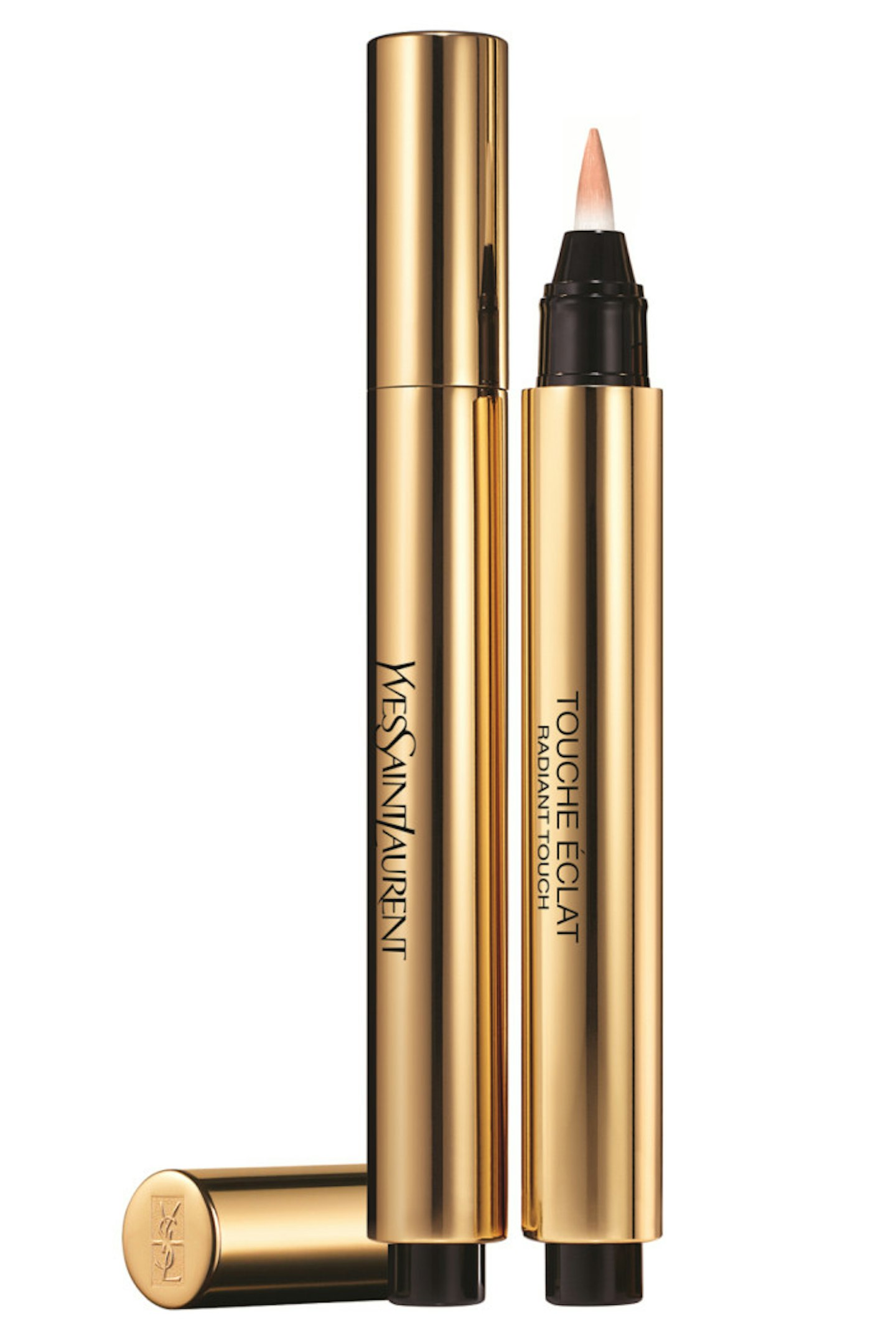 1 of 10
1 of 10YSL Touche eclat Re
 2 of 10
2 of 10Bobbi Brown Re
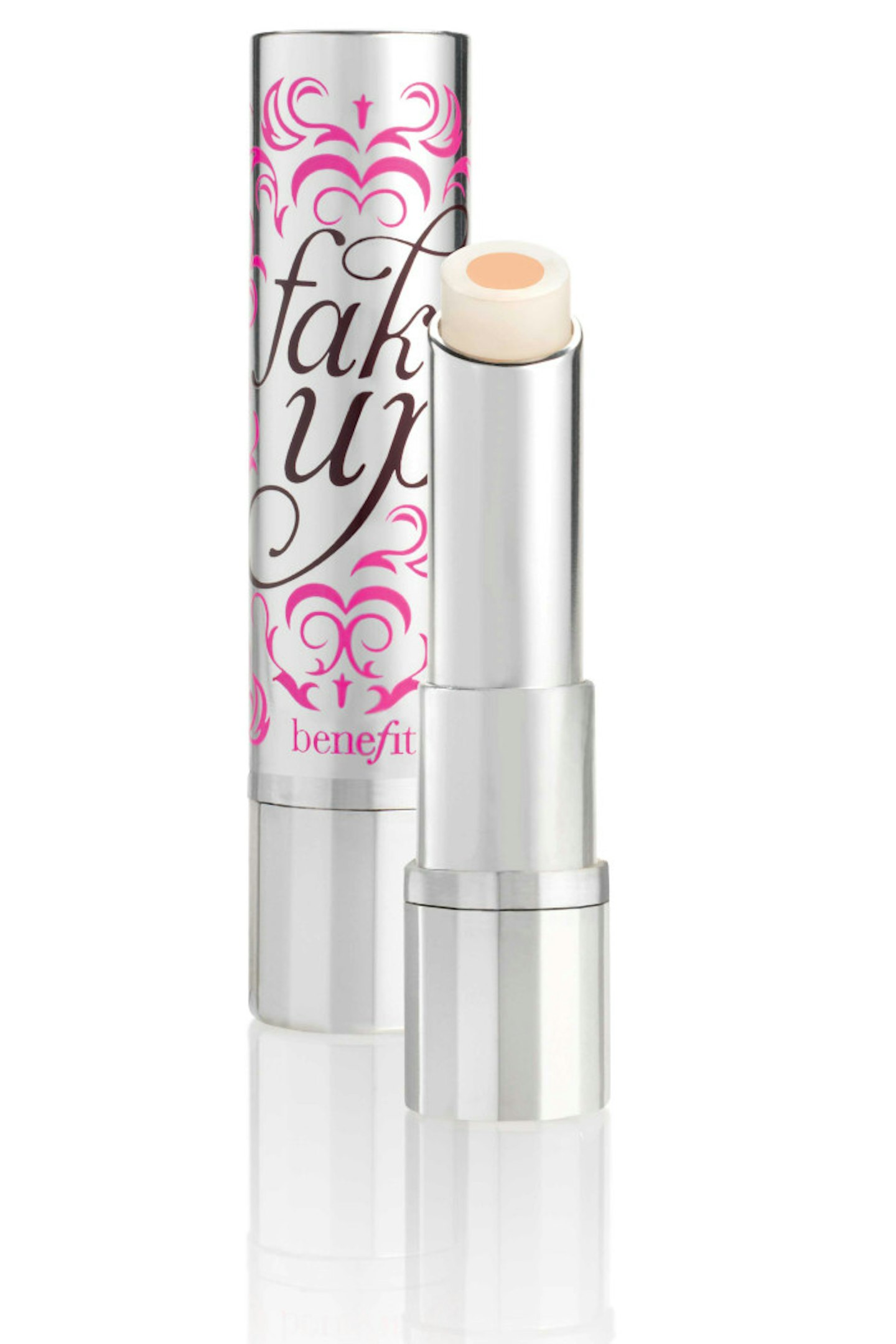 3 of 10
3 of 10Benefit-Fakeup-Hydrating-Crease-Control-Concealer
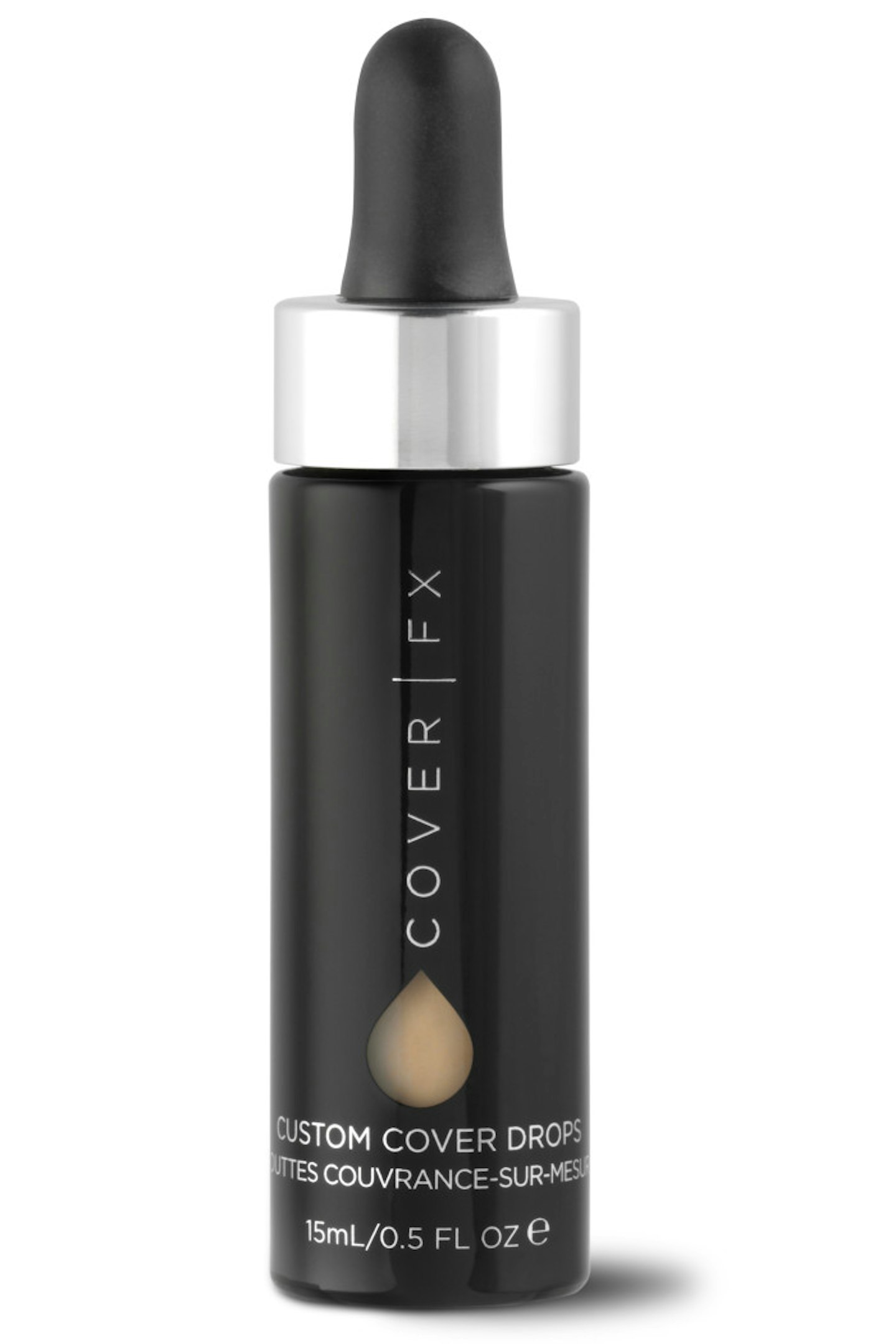 4 of 10
4 of 10COVER-FX-Custom-Cover-Drops
 5 of 10
5 of 10Vichy-Laboratories-Dermablend-Corrective-Stick
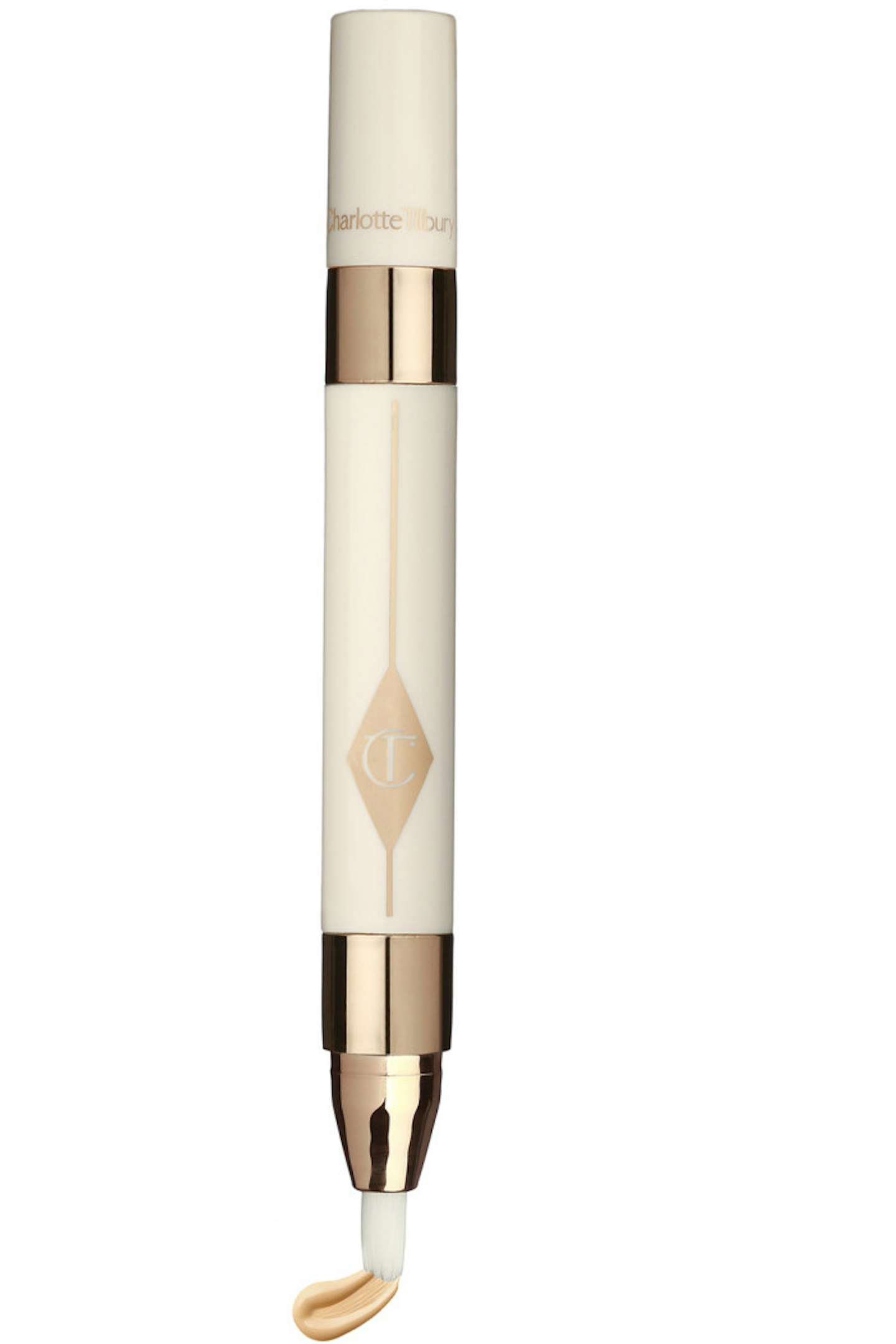 6 of 10
6 of 10Charlotte-Tilbury-Mini-Miracle-Eye-Wand
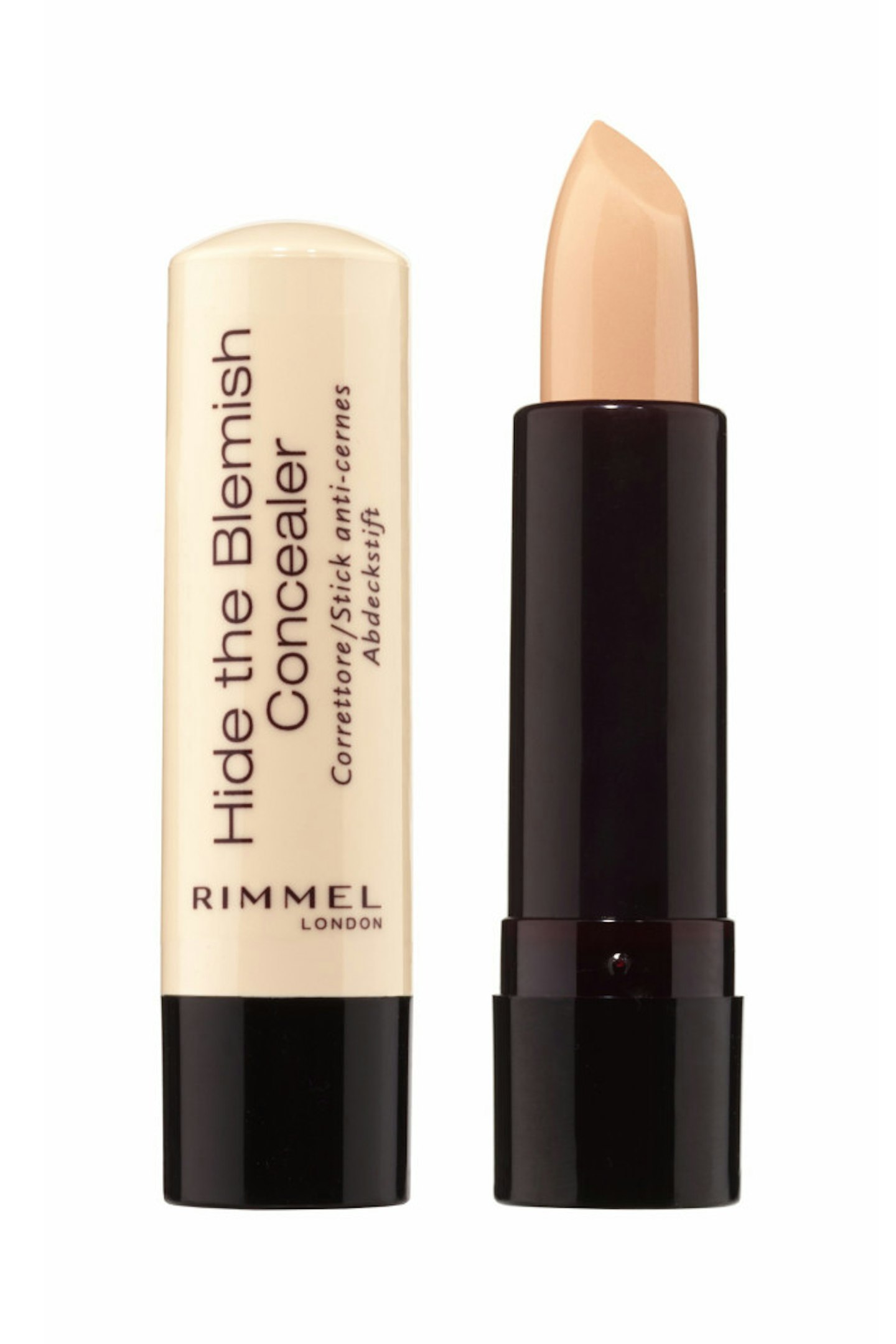 7 of 10
7 of 10Rimmel-Hide-The-Blemish-Concealer
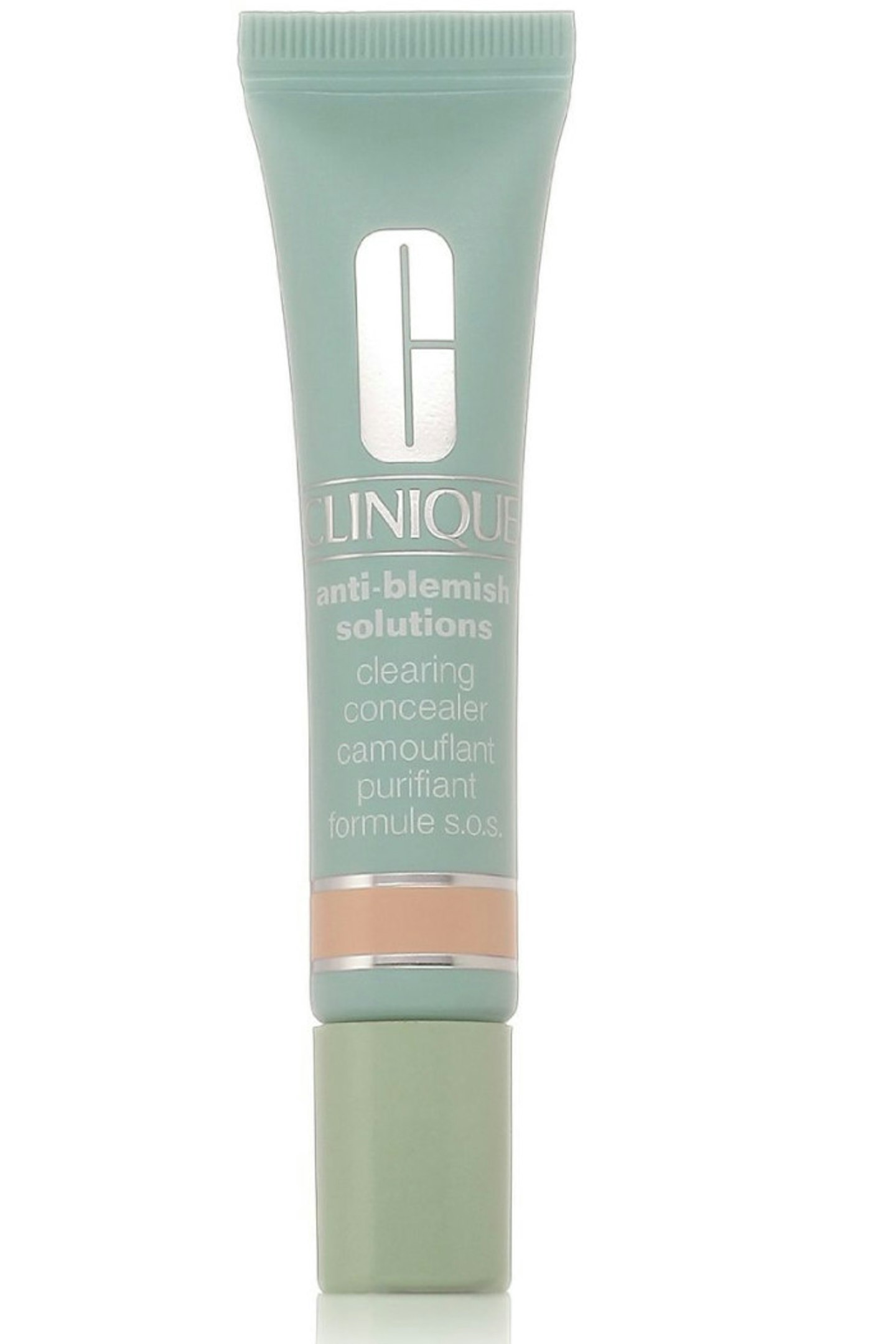 8 of 10
8 of 10Anti-Blemish-Clearing-Concealer-
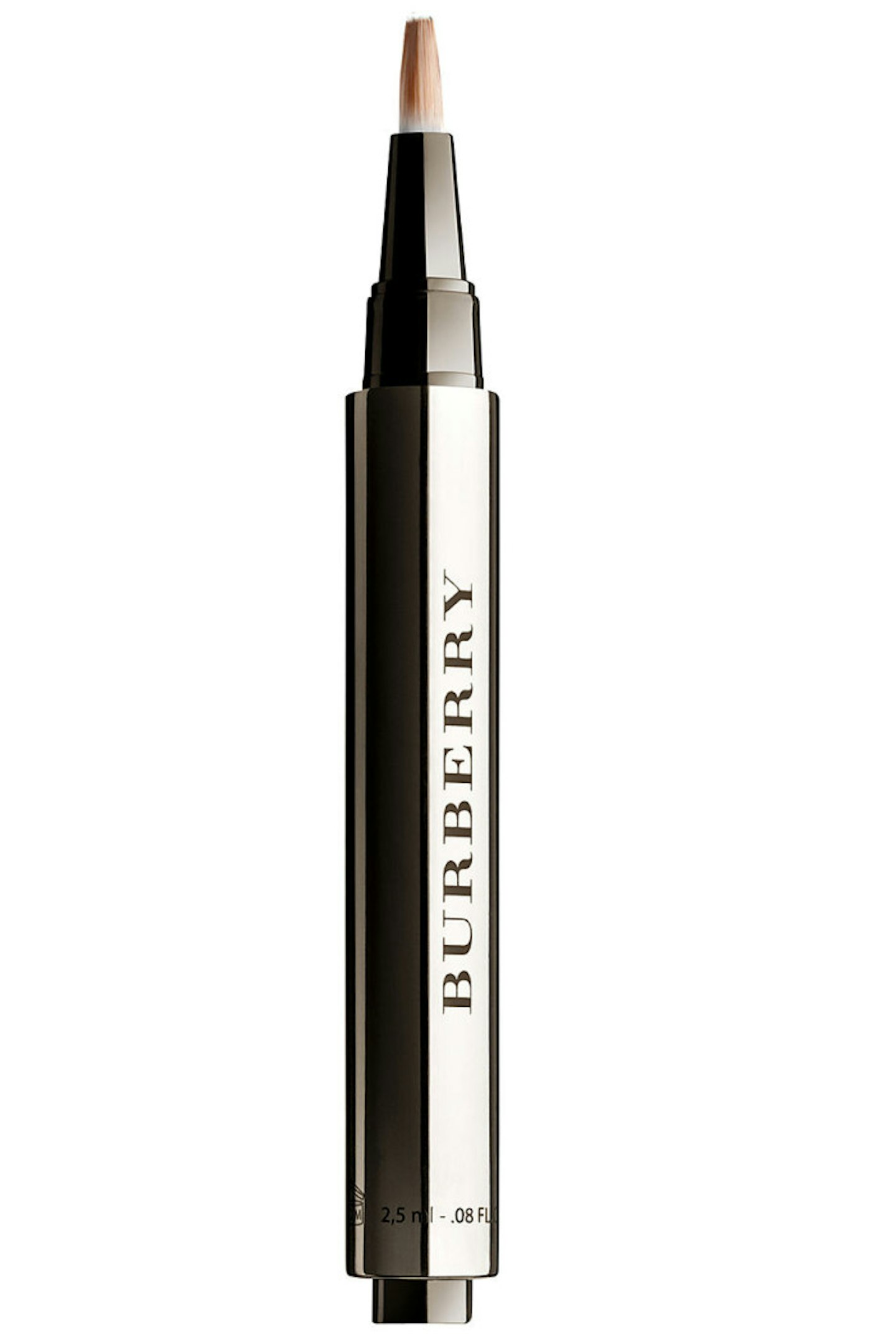 9 of 10
9 of 10Burberry-Skin-Sheer-Concealer
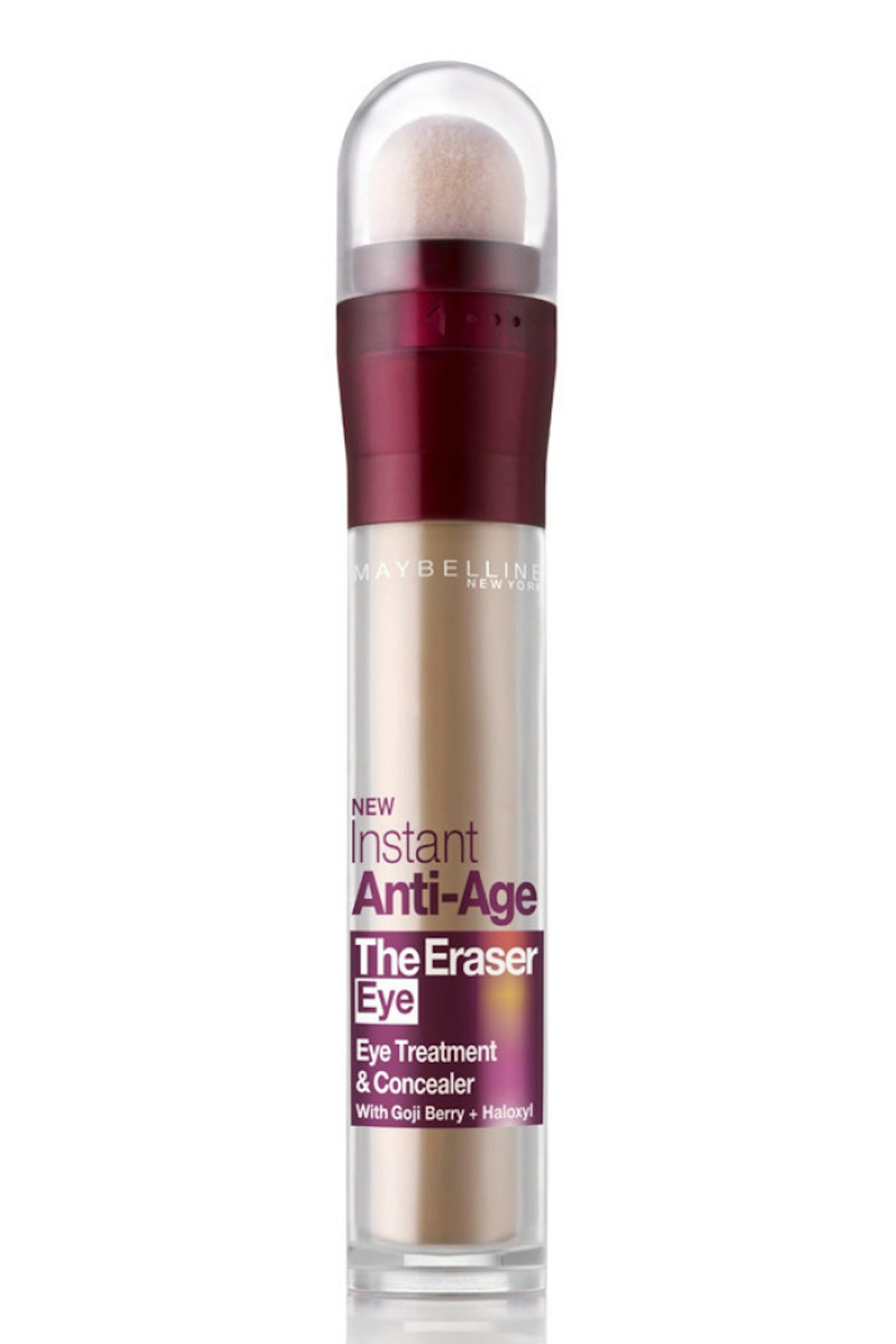 10 of 10
10 of 10